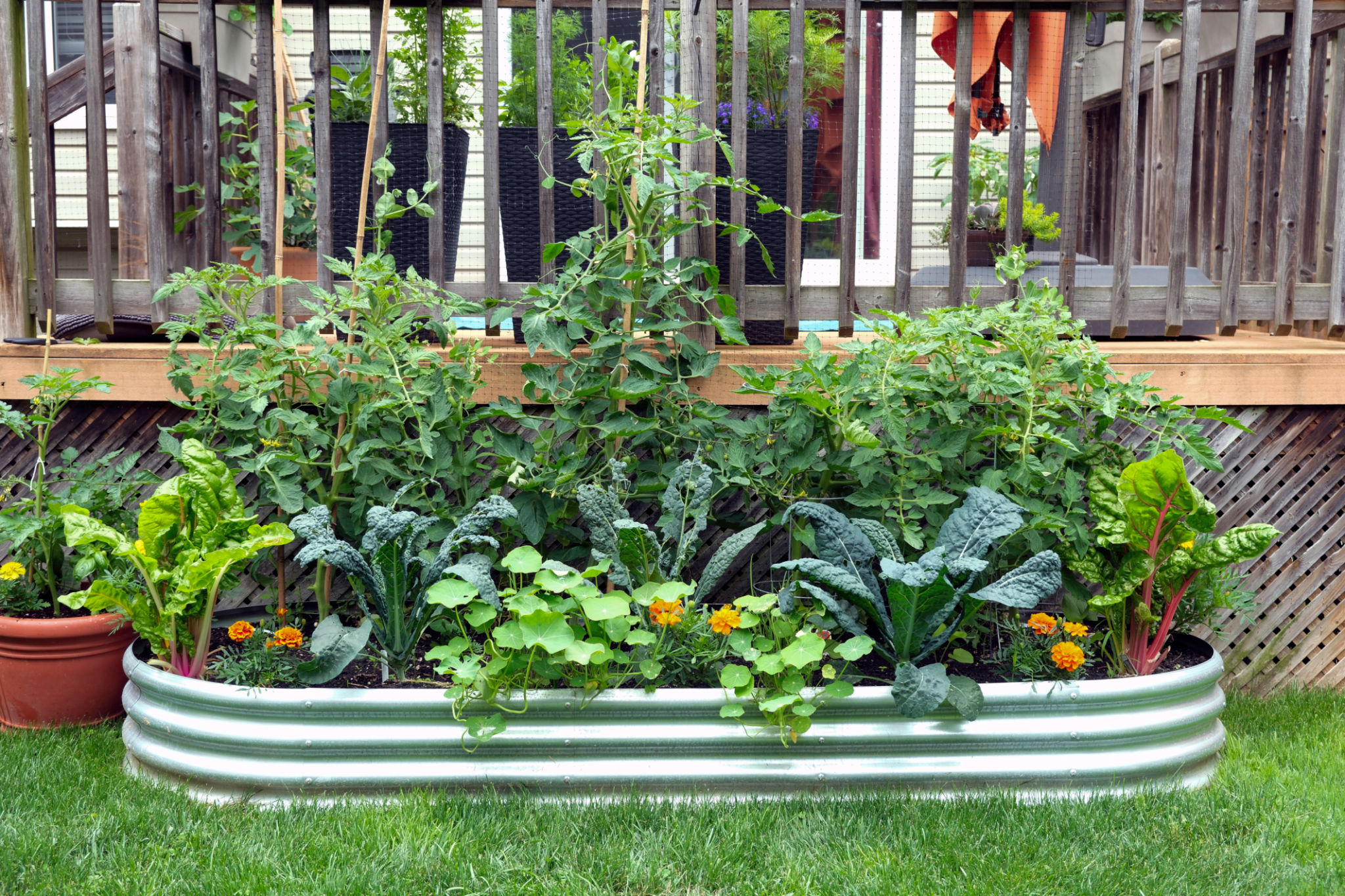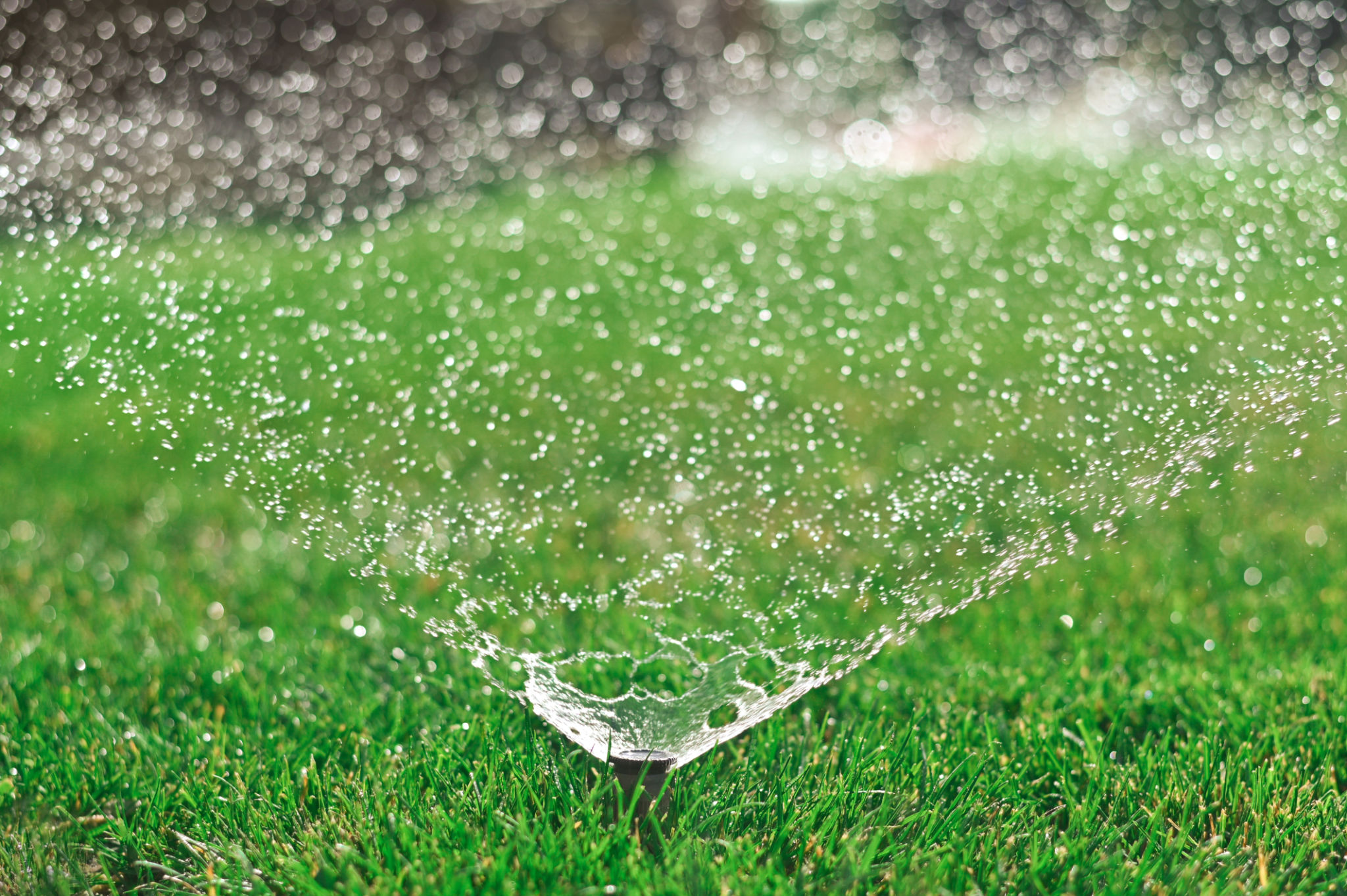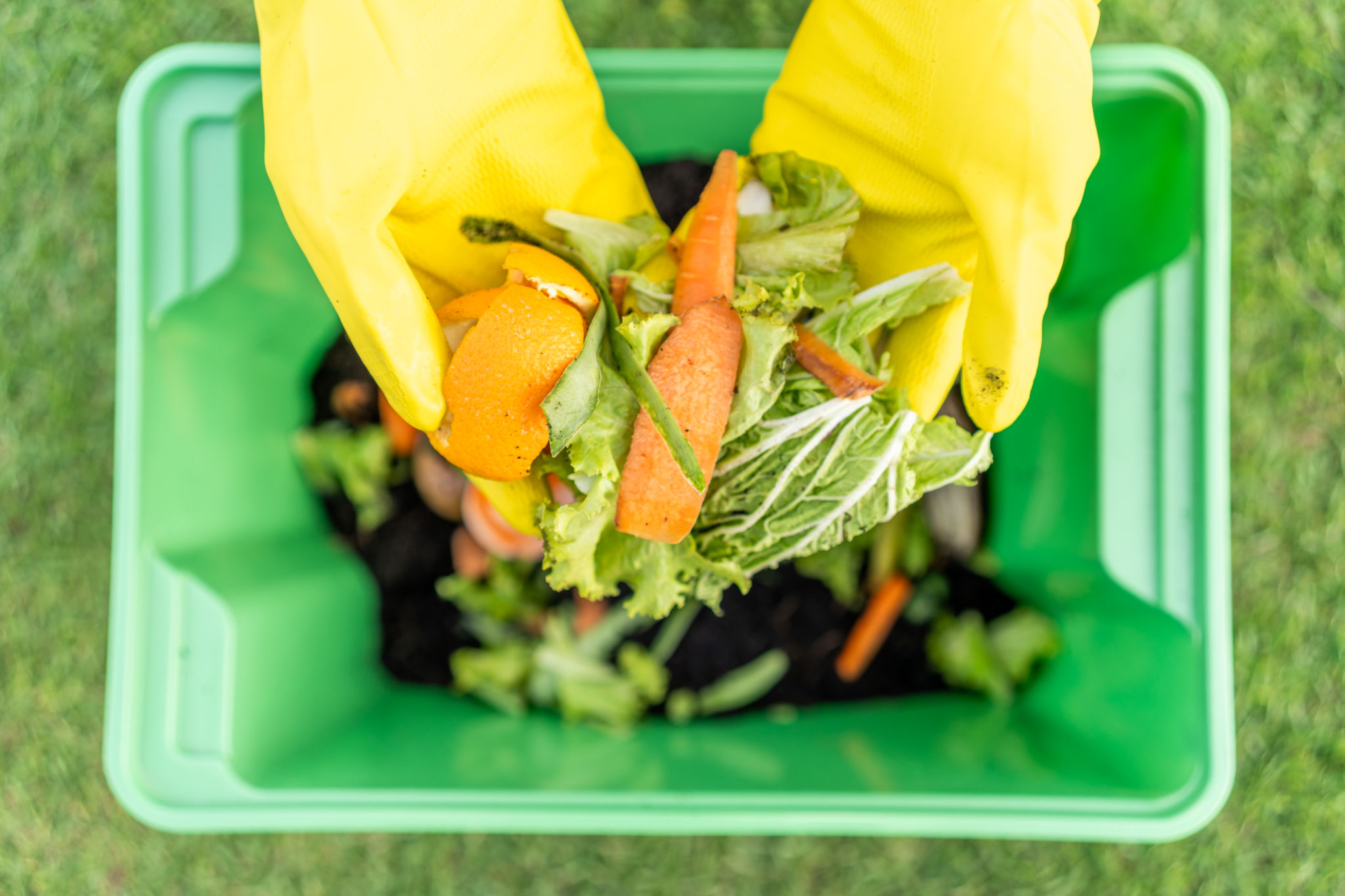The Ultimate Guide to Eco-Friendly Landscaping in New Zealand
Understanding Eco-Friendly Landscaping
Eco-friendly landscaping is more than just a trend; it’s a commitment to preserving the environment while creating stunning outdoor spaces. In New Zealand, with its unique flora and diverse ecosystems, sustainable landscaping practices can help protect local biodiversity and conserve natural resources. By integrating environmentally conscious techniques, you can enhance your garden's beauty while reducing its ecological footprint.

Choosing Native Plants
One of the most effective ways to create an eco-friendly landscape is by using native plants. These plants are naturally adapted to New Zealand's climate and soil conditions, requiring less water and fewer chemical inputs. They also provide essential habitats for local wildlife, supporting biodiversity. Consider incorporating species such as the Kōwhai, Harakeke, or Pōhutukawa in your garden.
When selecting plants, think about their growth habits and how they will fit into your overall design. Grouping plants with similar water and sunlight needs can help reduce maintenance and resource use. Additionally, native plants often have unique aesthetic qualities that can add distinctive character to your landscape.
Water Conservation Techniques
Water conservation is a critical aspect of eco-friendly landscaping. Implementing techniques such as rainwater harvesting and drip irrigation can significantly reduce water use. Collect rainwater in barrels for later use in your garden, and install a drip irrigation system to deliver water directly to plant roots, minimizing waste.

Incorporating mulch is another effective strategy to retain soil moisture and suppress weeds, reducing the need for frequent watering. Organic mulches like bark or straw can also improve soil health as they decompose.
Soil Health and Composting
Healthy soil is the foundation of a thriving garden. Enhance your soil’s fertility by incorporating organic matter such as compost. Composting not only diverts waste from landfills but also enriches the soil with nutrients, promoting healthy plant growth. Create a compost bin in your garden using kitchen scraps and garden waste to produce nutrient-rich soil amendments.

Consider using cover crops during the off-season to prevent soil erosion and improve soil structure. These crops can fix nitrogen in the soil, reducing the need for synthetic fertilizers.
Sustainable Garden Design
A well-thought-out garden design can significantly boost sustainability. Start by assessing your site’s existing conditions, such as light availability, slope, and drainage patterns. Use this information to design garden areas that work with the natural environment rather than against it.
Incorporate permeable surfaces like gravel or permeable pavers to enhance drainage and reduce runoff. Additionally, designing for reduced lawn areas can limit the need for mowing and chemical fertilizers, further lowering your garden's environmental impact.
Wildlife-Friendly Features
Encouraging wildlife into your garden is an integral part of eco-friendly landscaping. Provide habitats by incorporating features like birdhouses, bee hotels, and insect-friendly plants. These elements not only support local wildlife but also contribute to pest control and pollination, enhancing your garden’s health.

Create a small pond or water feature to attract amphibians and birds while adding an element of tranquility to your landscape. Ensure it is designed with safety and sustainability in mind, such as using solar-powered pumps.
Conclusion
Eco-friendly landscaping in New Zealand is an opportunity to create beautiful, sustainable gardens that benefit both you and the environment. By choosing native plants, conserving water, maintaining healthy soil, designing thoughtfully, and supporting local wildlife, you can transform your outdoor space into a vibrant ecosystem. Embrace these practices to enjoy a lush garden that contributes positively to our planet's health.
